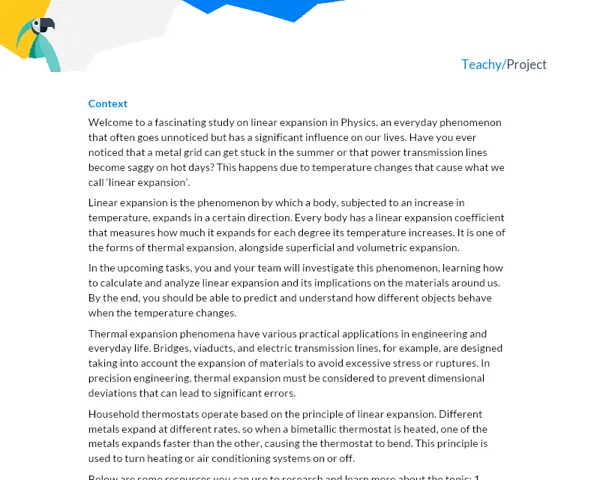Introduction
The planet Earth, ocean waves, a clock pendulum, a building swaying due to an earthquake, all have something in common: they are undergoing a form of Simple Harmonic Motion (SHM). SHM is one of the most fundamental forms of oscillation. It is a motion that occurs when an object's acceleration is proportional and opposite to its position relative to the equilibrium point.
To fully understand SHM and its applications, one must understand the SHM equation and how it can be used to equate this motion. The SHM equation is a simple straight line that represents the proportional relationship between acceleration and position. This means that the further the object is from the equilibrium point, the greater its acceleration.
The striking feature of SHM is that it is repetitive. The object in simple harmonic motion will continue to oscillate back and forth around the equilibrium point, always repeating the same path. SHM is essential for describing the natural oscillations of objects, from children's toys to ocean tides.
Contextualization
The SHM equation is a vital topic in physics and has practical applications in numerous fields. For example, engineers use these concepts to design structures that can withstand earthquakes. In astronomy, SHM is used to understand the orbit of planets around the sun. In everyday life, a pendulum toy or a metronome (used by musicians to maintain a constant rhythm) are examples of SHM.
Understanding the principles of SHM and its equation is essential for anyone intending to pursue a career in exact sciences and engineering. This knowledge is fundamental for creating innovative and efficient solutions in various fields of human activity, from civil construction to high technology.
Practical Activity
Activity Title: Applying the Simple Harmonic Motion Equation
Project Objective
The objective of this project is to allow students to understand simple harmonic motion (SHM), its equation, and how they apply in the real world through a practical activity and a detailed report.
Detailed Project Description
Groups of 3 to 5 students will work together to create a simple experimental model of a physical pendulum. They must vary the initial conditions of the pendulum, recording and analyzing the data, and finally equating the pendulum's motion using the SHM equation. In addition, students will be encouraged to investigate and discuss the applications of the SHM equation in different fields of science and engineering.
Required Materials
- Rigid bar or long plastic tube
- Suspended mass (such as a rubber ball, for example)
- Strong rope or cord
- Ruler or measuring tape
- Stopwatch
- Camera to record the oscillations (optional)
Detailed Step-by-Step for Activity Execution
- Assemble the pendulum by suspending the mass from the rigid bar using the strong rope or cord.
- Measure and record the length of the pendulum.
- Apply a light initial force to the pendulum, then release it. Use the stopwatch to measure and record the time it takes for the pendulum to complete 10 oscillations.
- Repeat step 3 with progressively stronger initial forces, always recording the times.
- If possible, film the oscillations for a more detailed analysis later.
- Analyze the collected data and try to equate the pendulum's motion using the SHM equation.
- Research and discuss where else the SHM equation can be applied.
This project should take more than twelve hours per student to complete and should cover at least four key theoretical concepts in physics and mathematical sciences.
Project Deliverables
Students must submit a group report that includes the following topics:
- Introduction: Explanation of the SHM concept and its equation, with a contextualization of the importance and applications of SHM.
- Development: Detailed description of the experiment performed, including an explanation of the method used and relevant theory. It should include the measurements taken, analyses, and discussions based on the collected data.
- Conclusions: Summarize the main points, detailing the learnings obtained and conclusions about the experiment conducted.
- Bibliography: List all sources used during the project, including books, websites, videos, among others.


